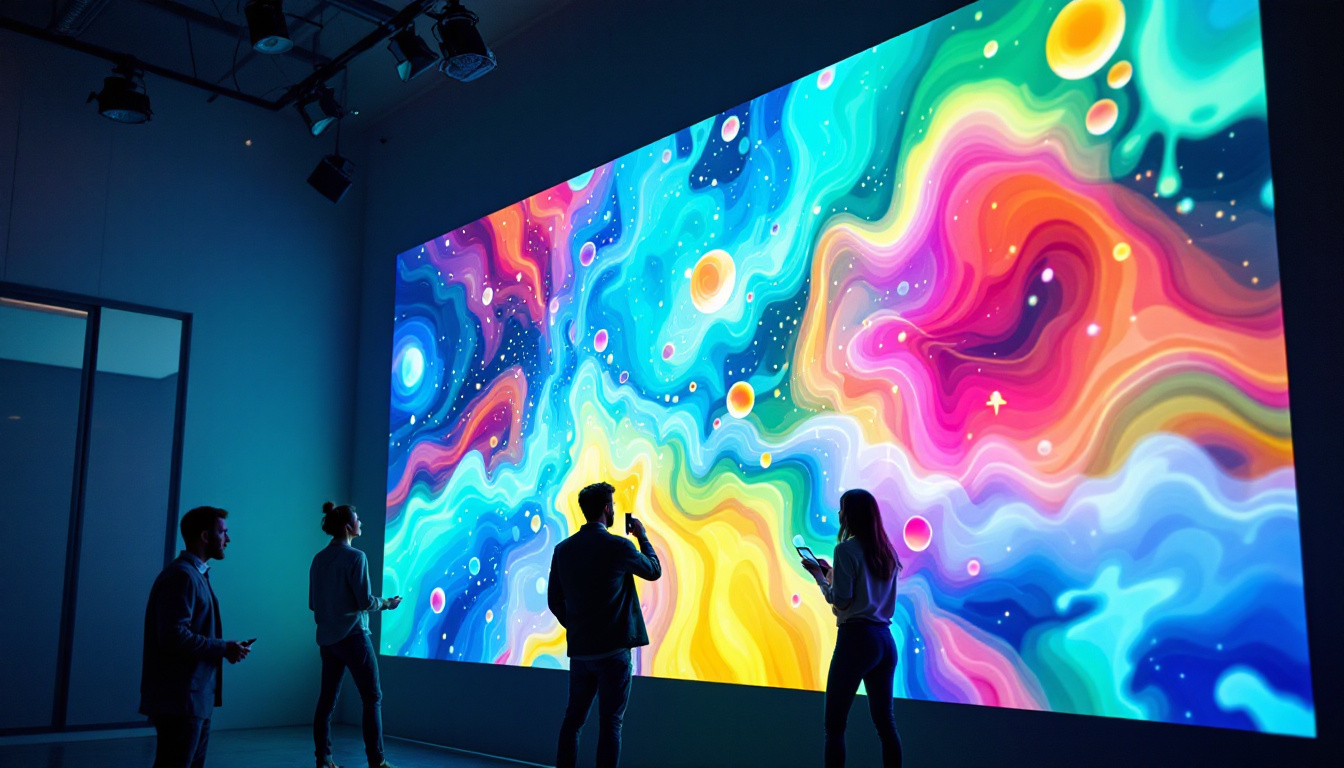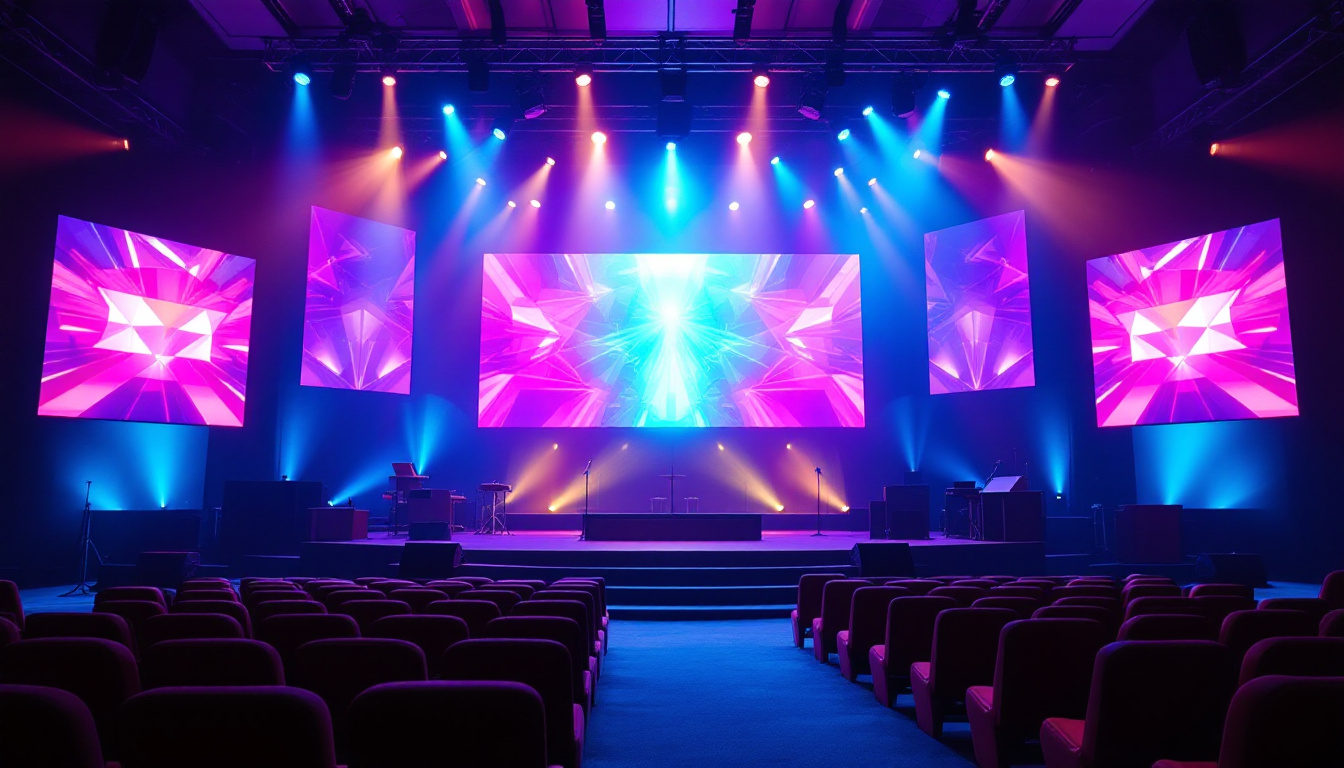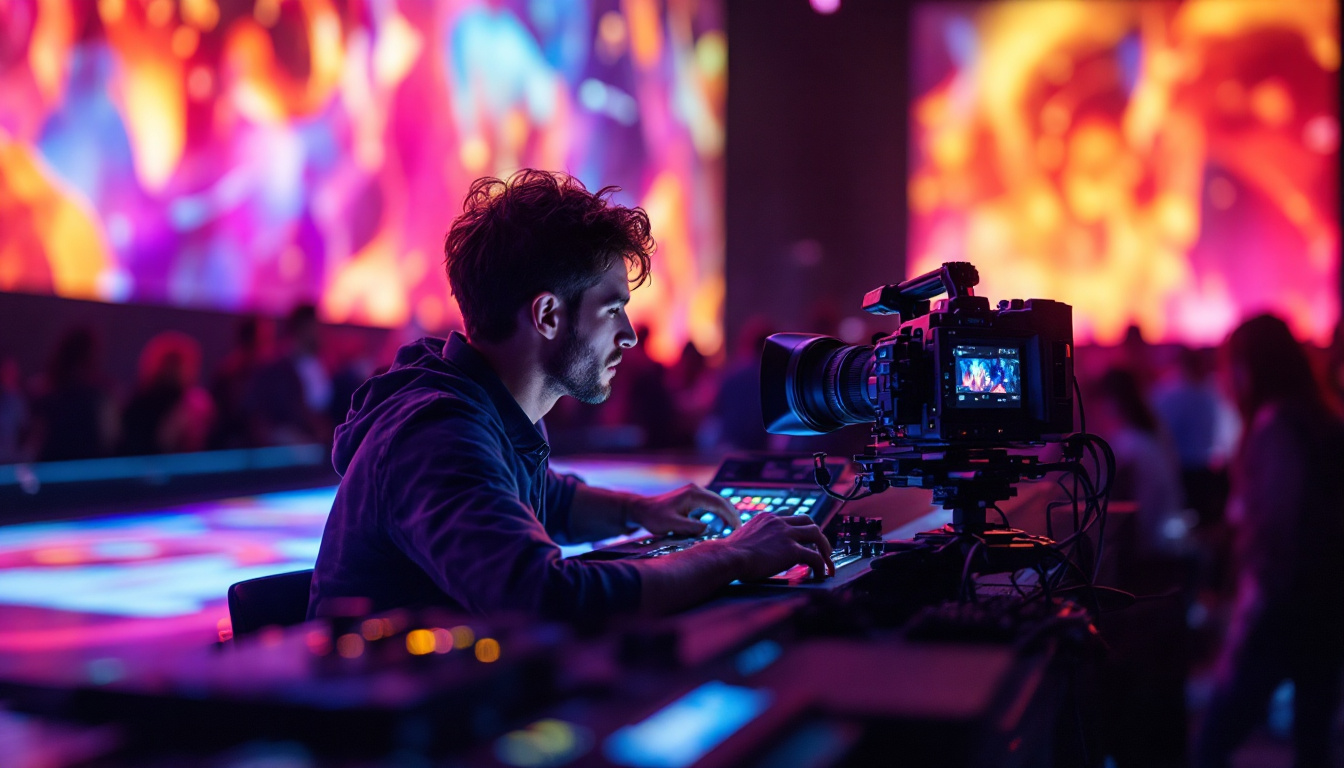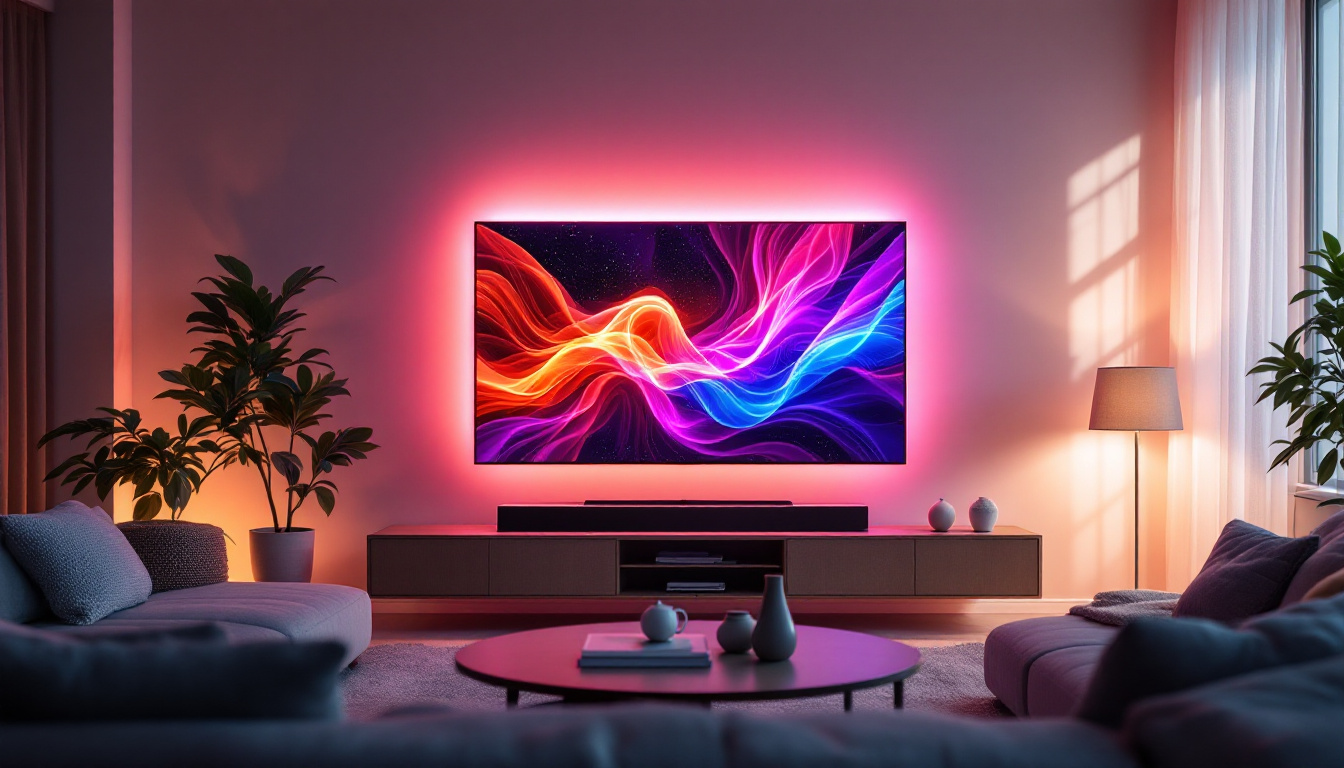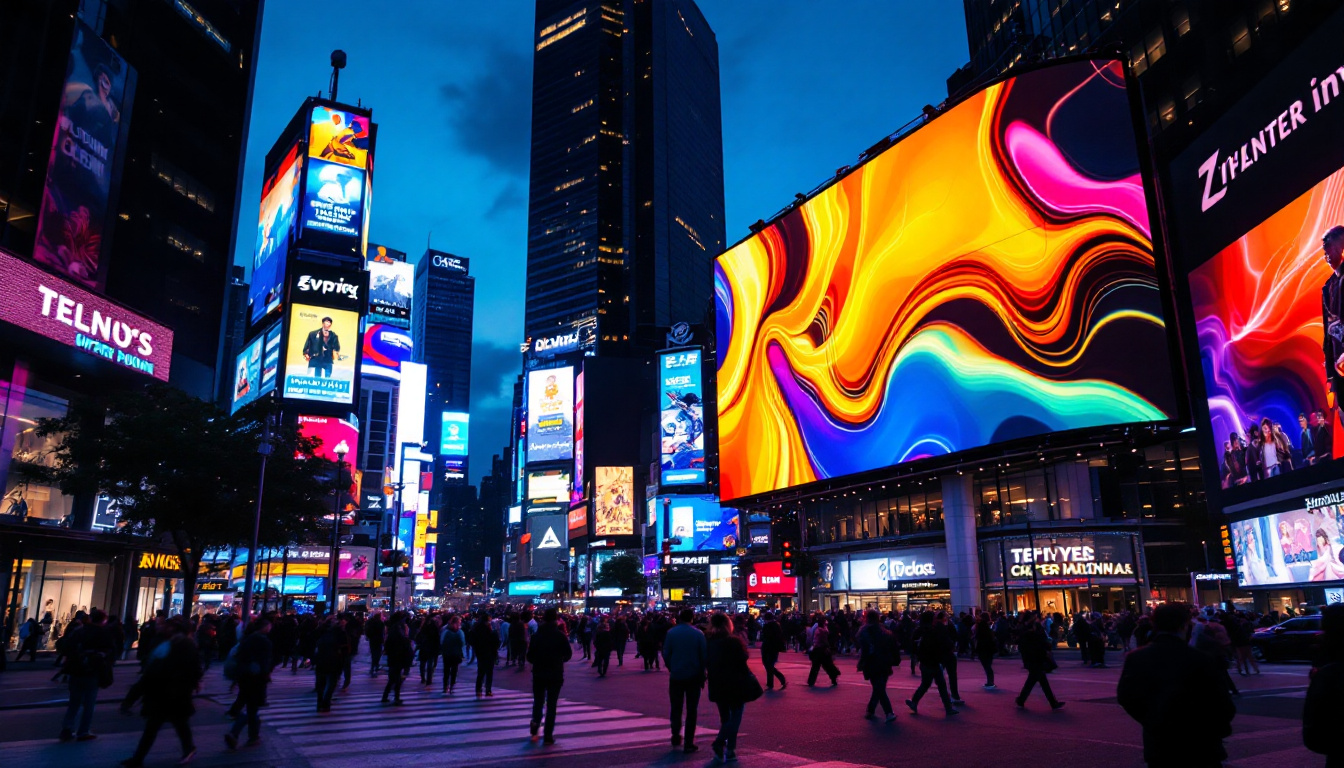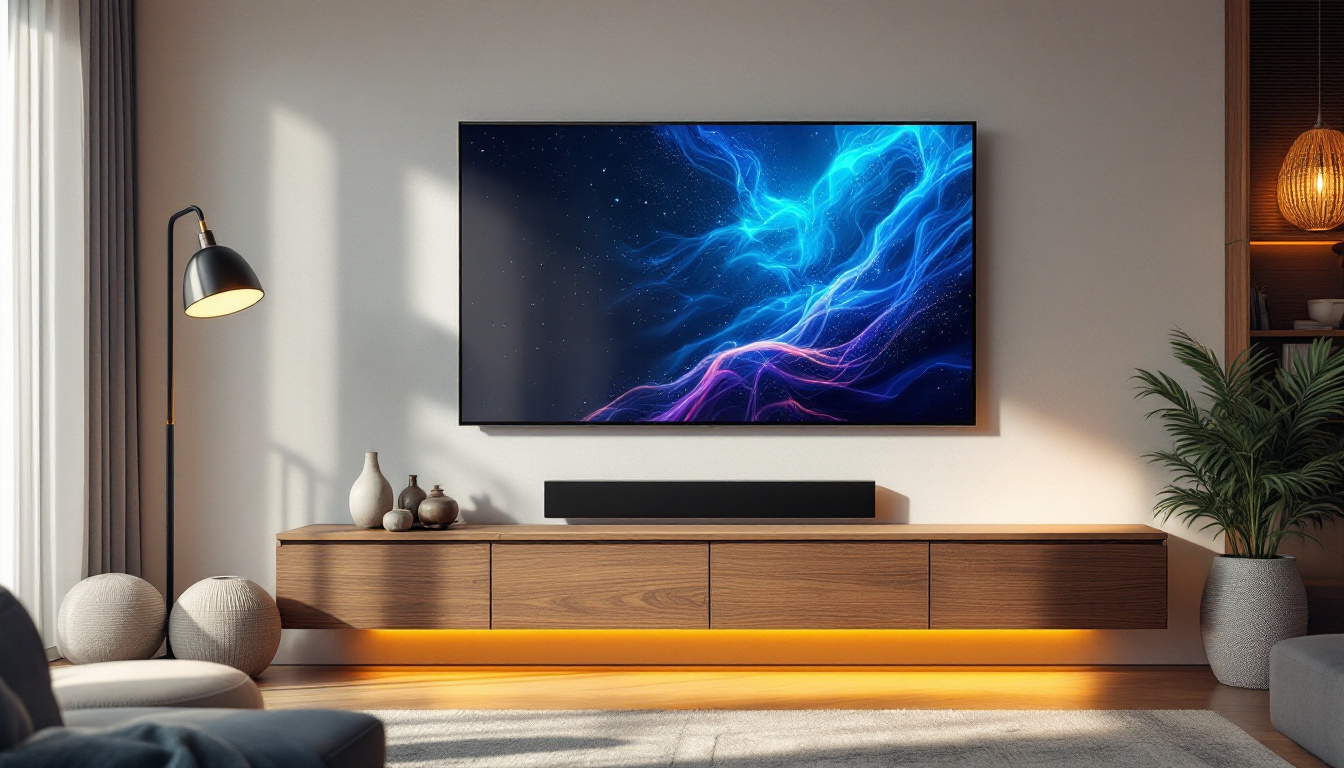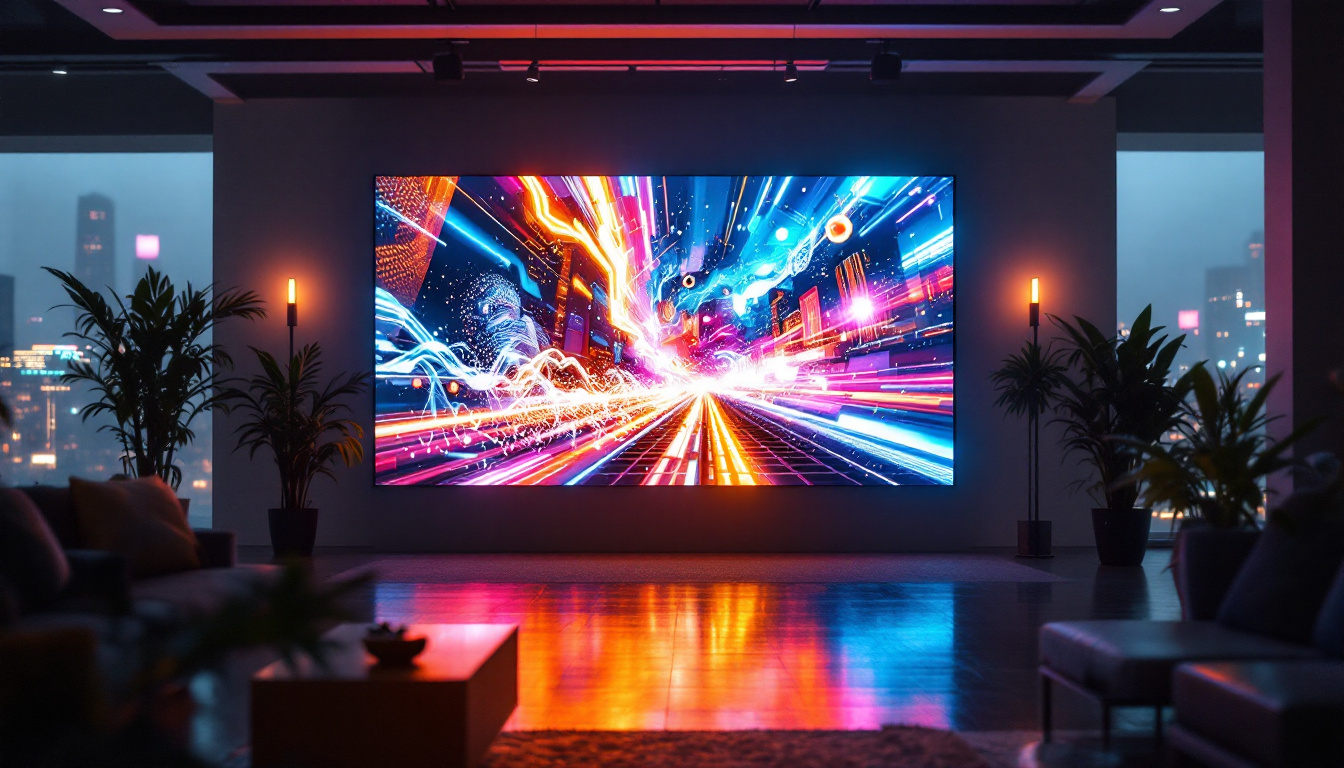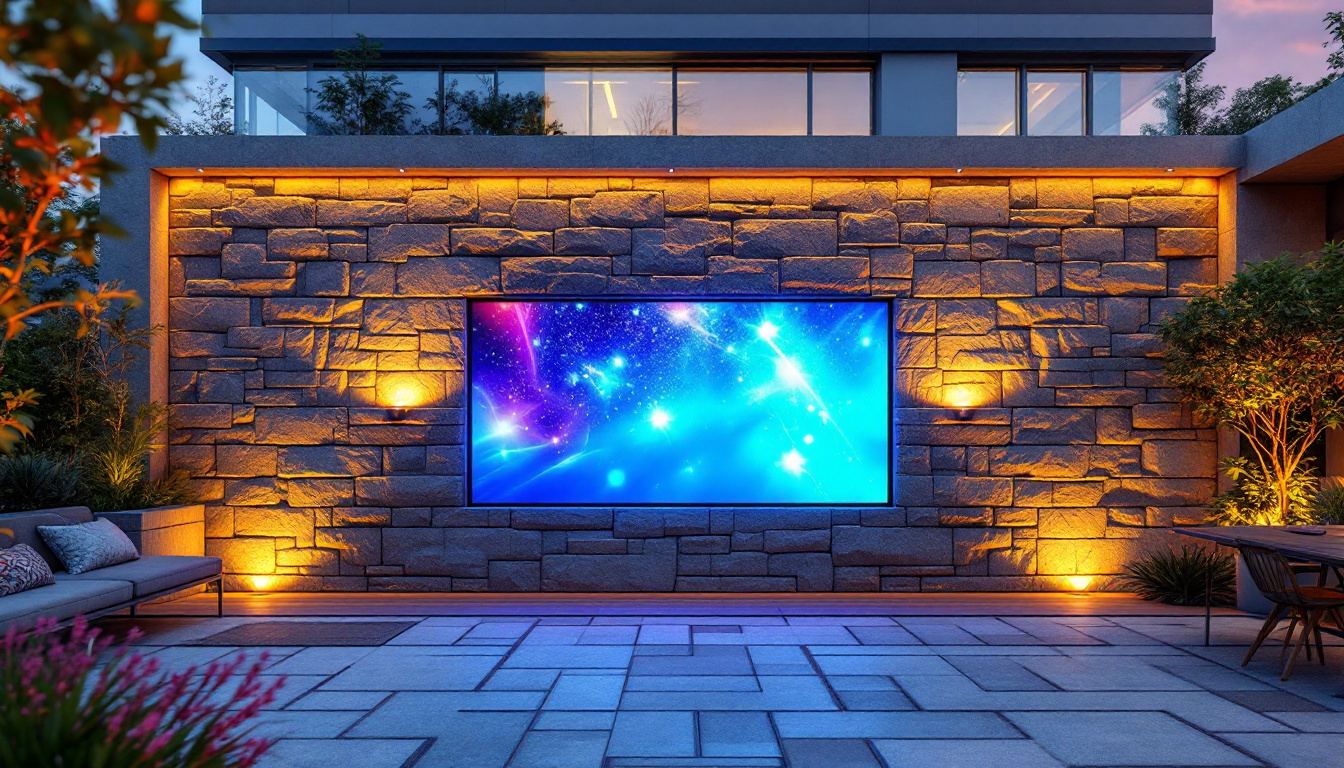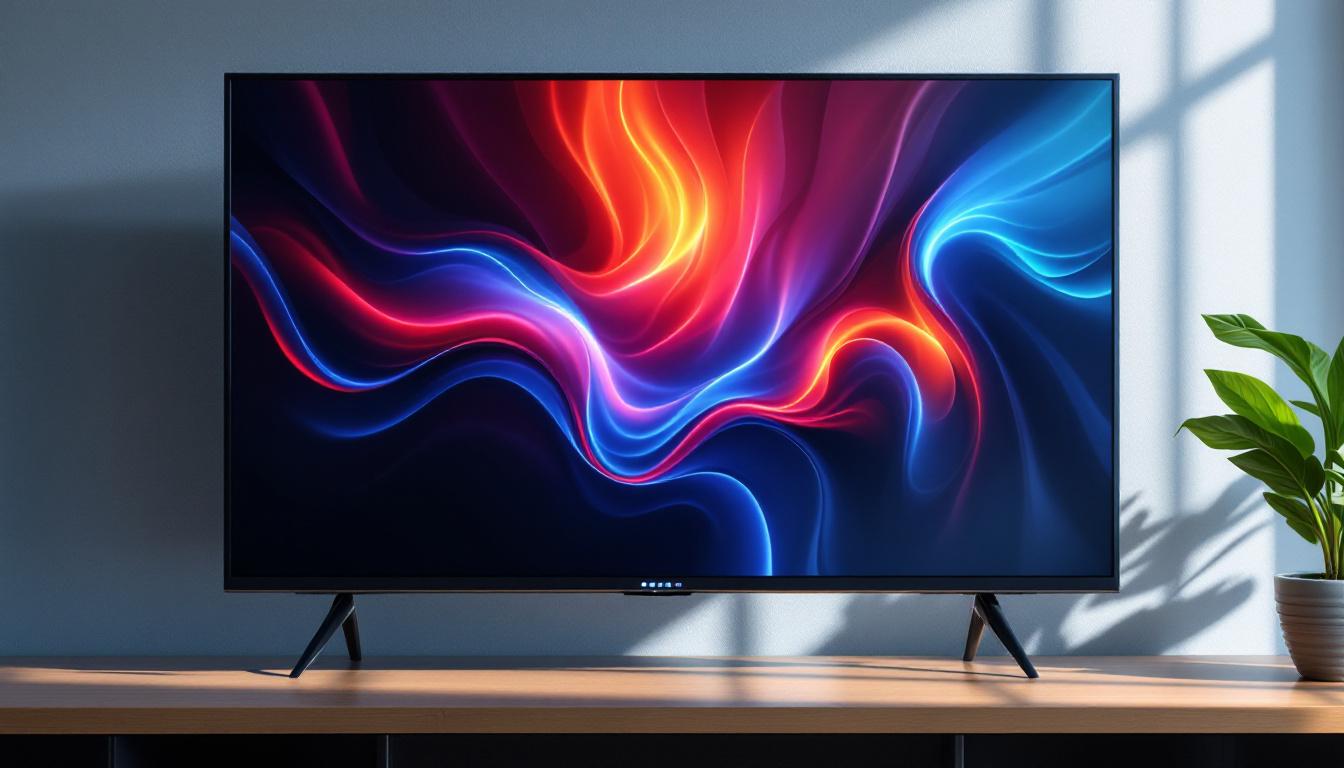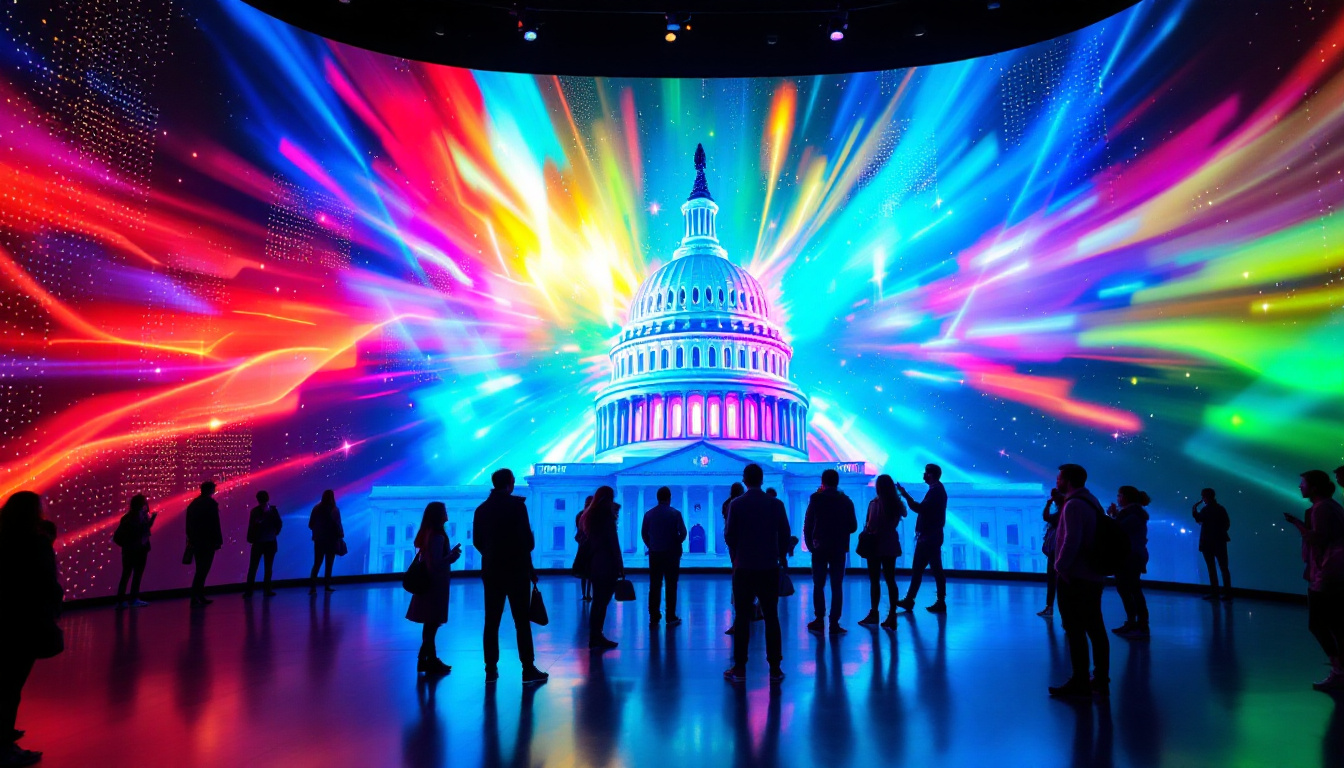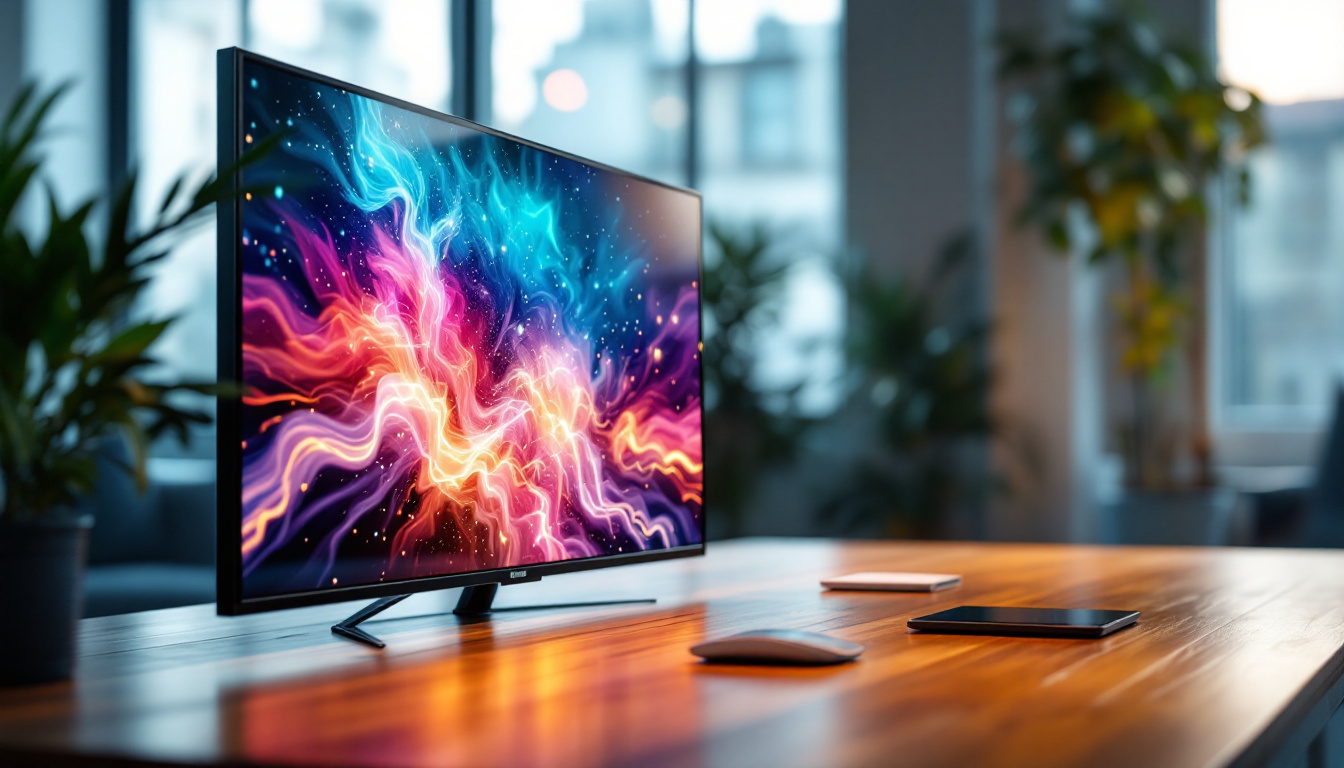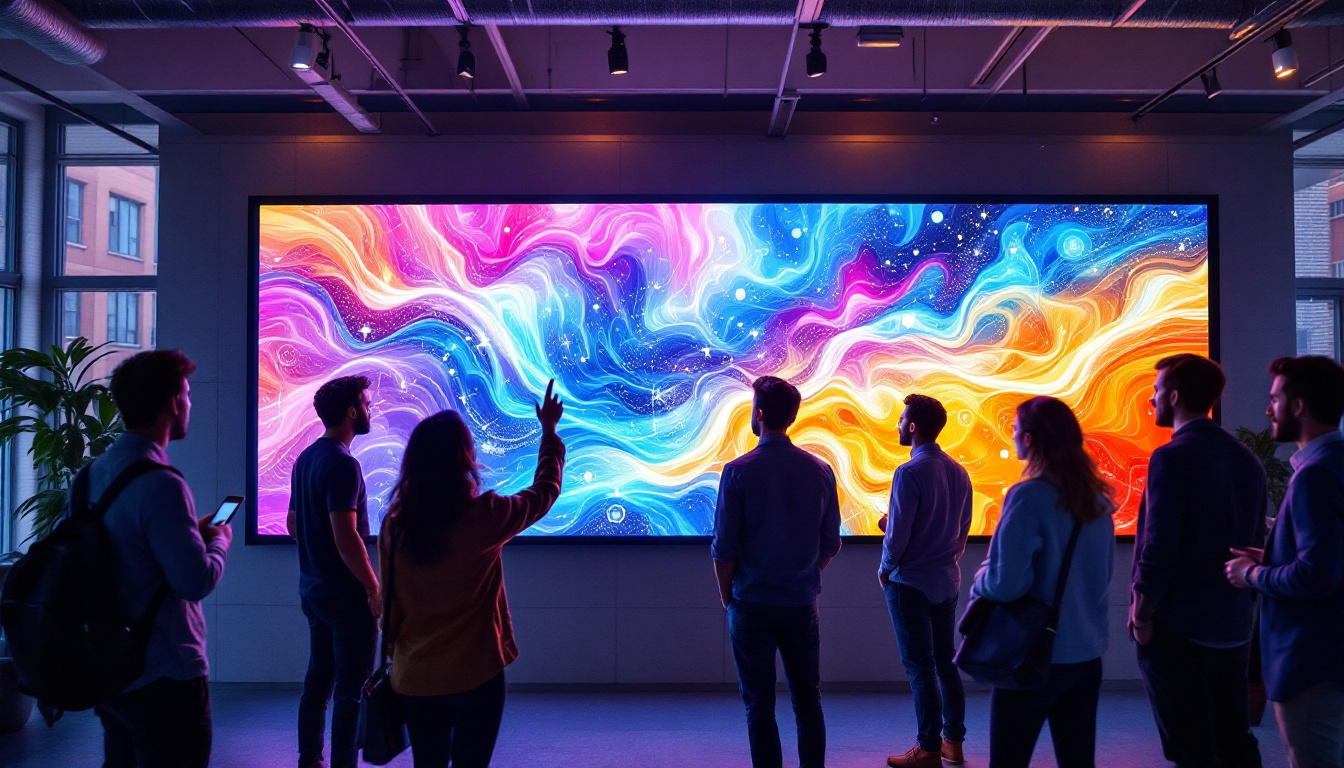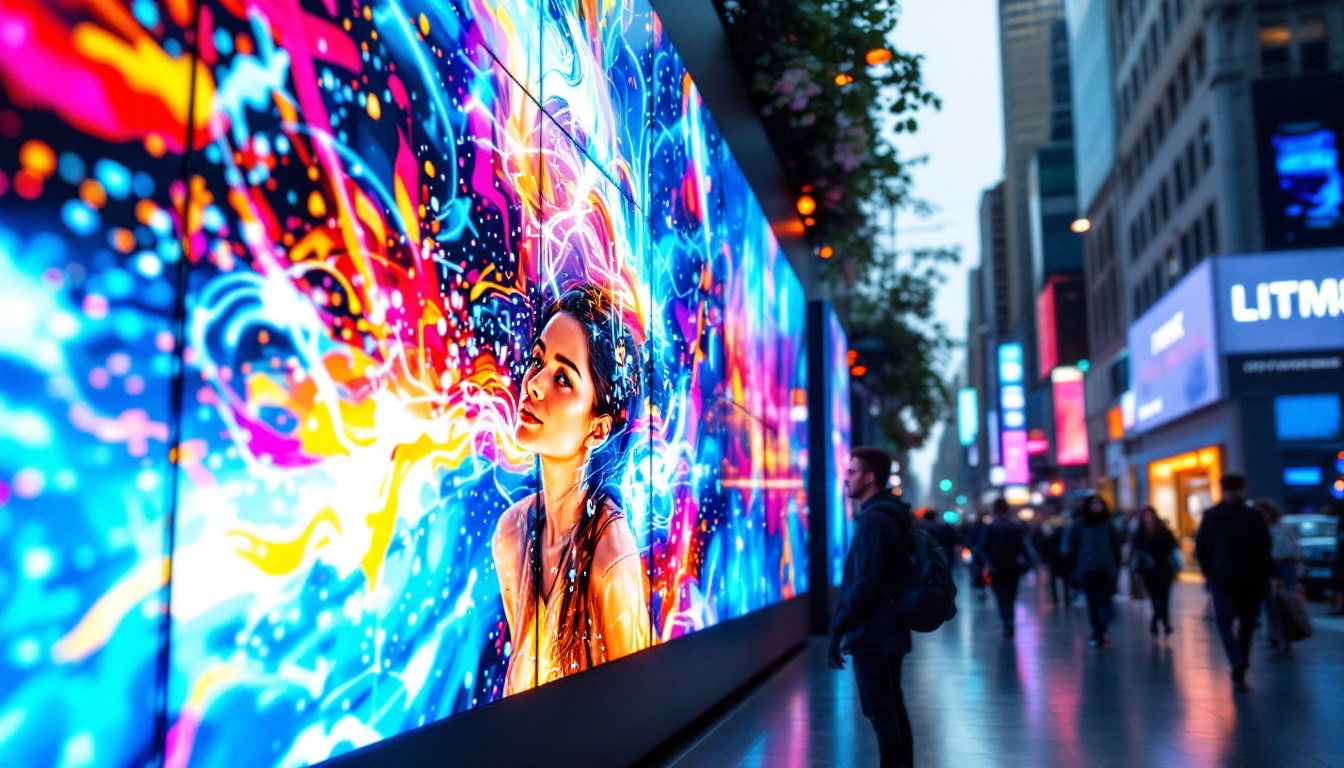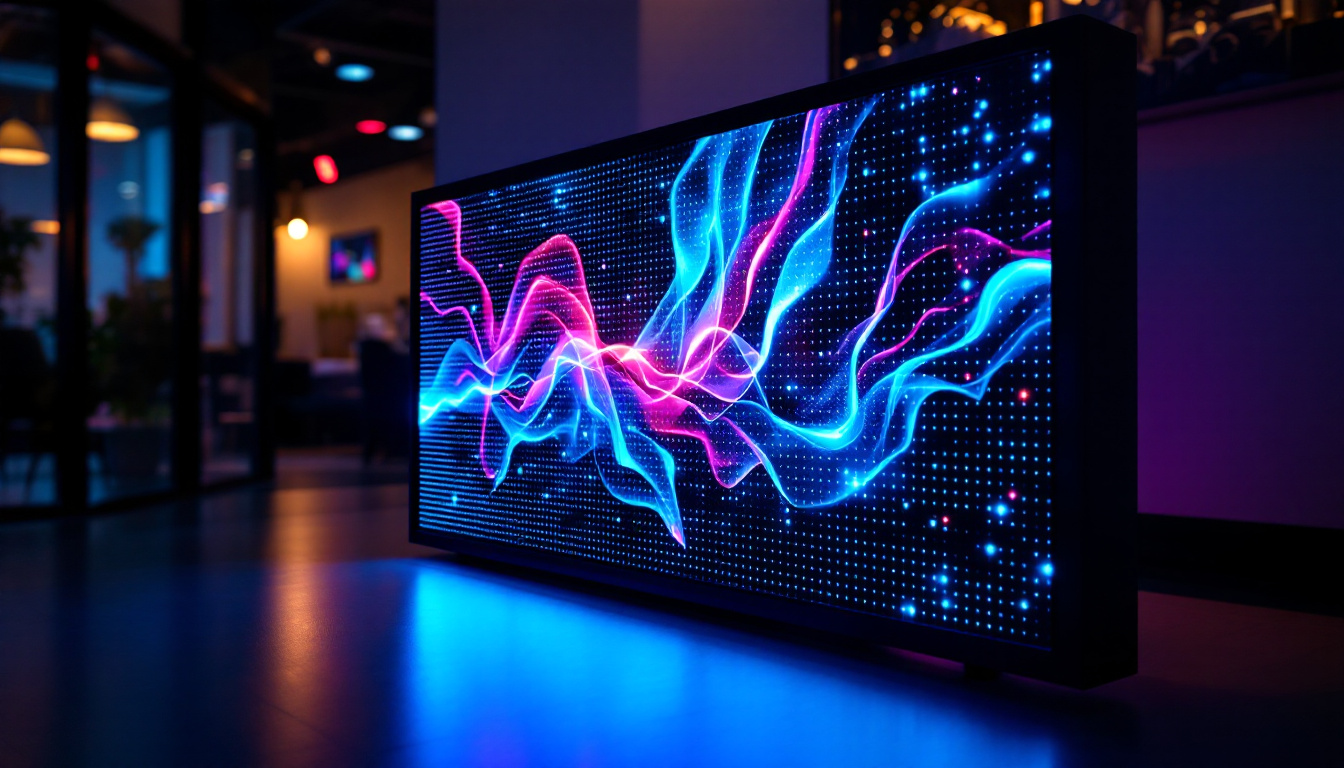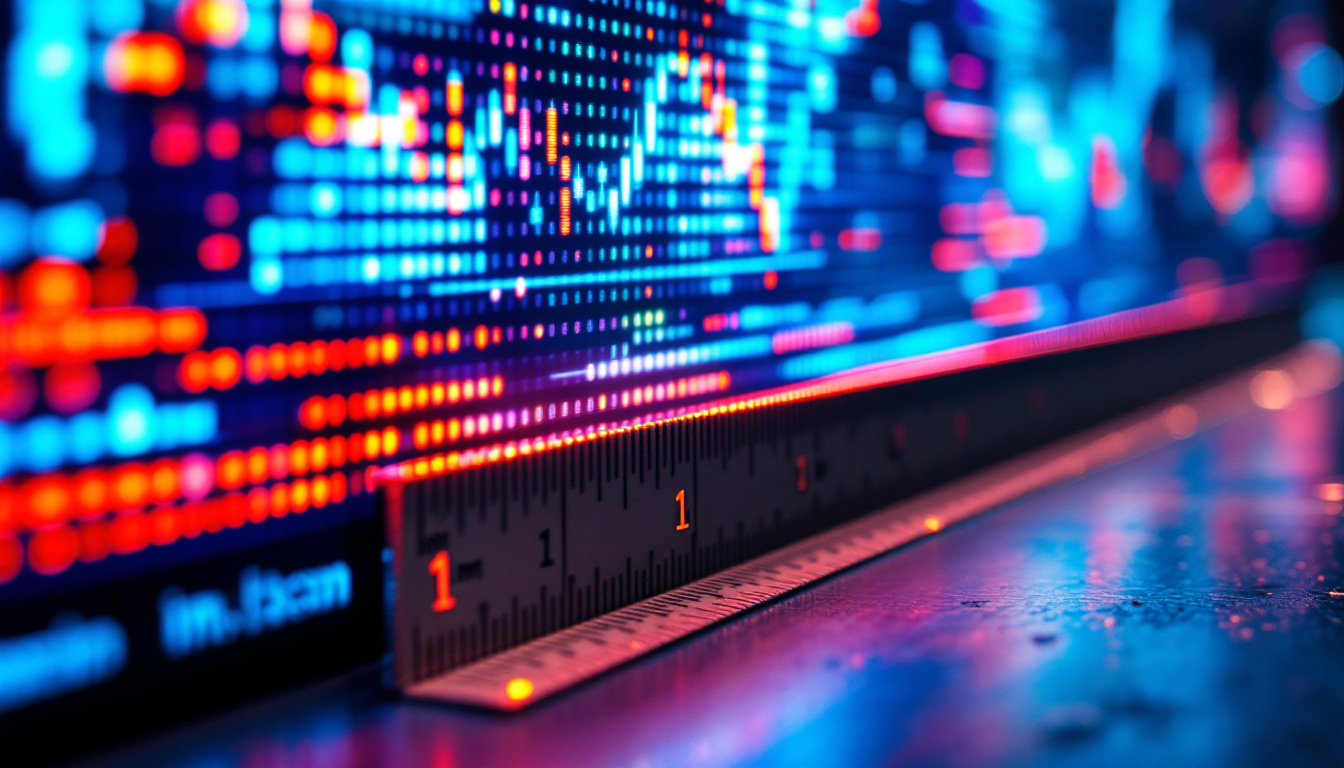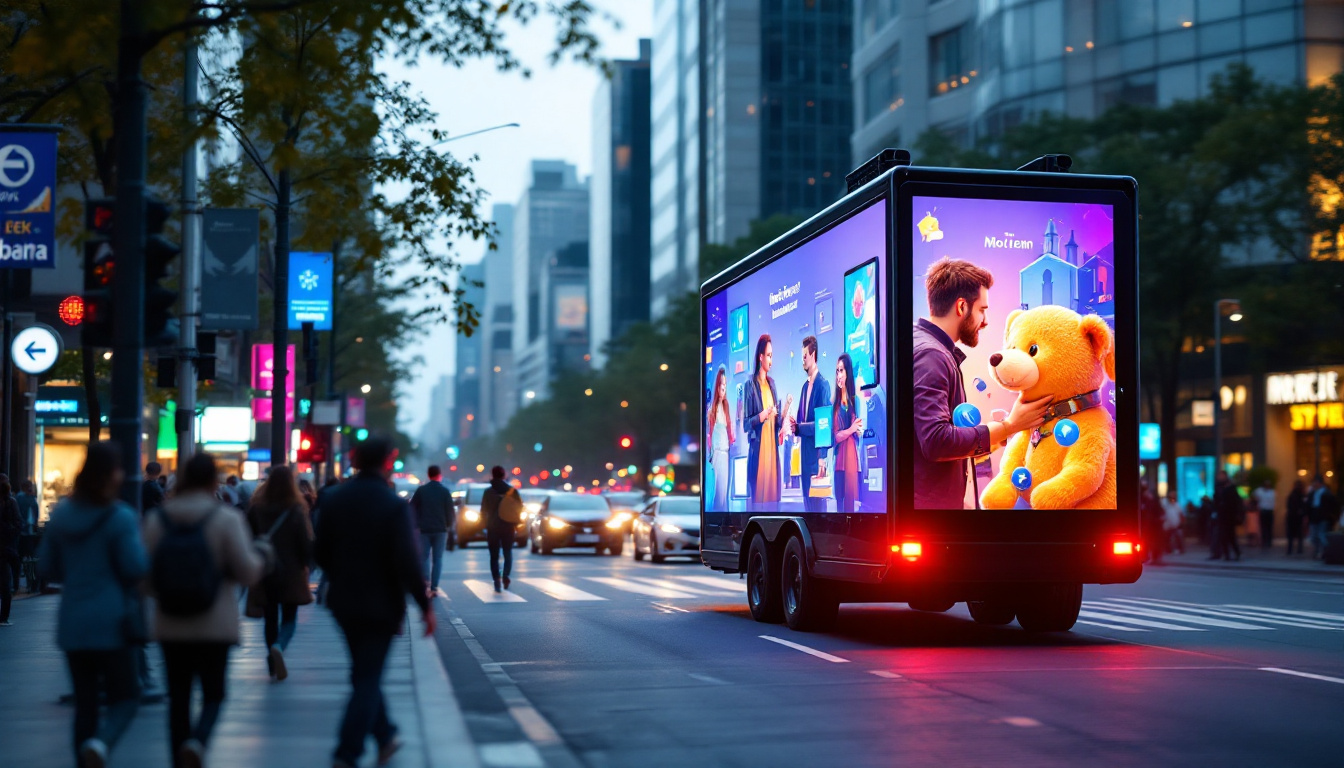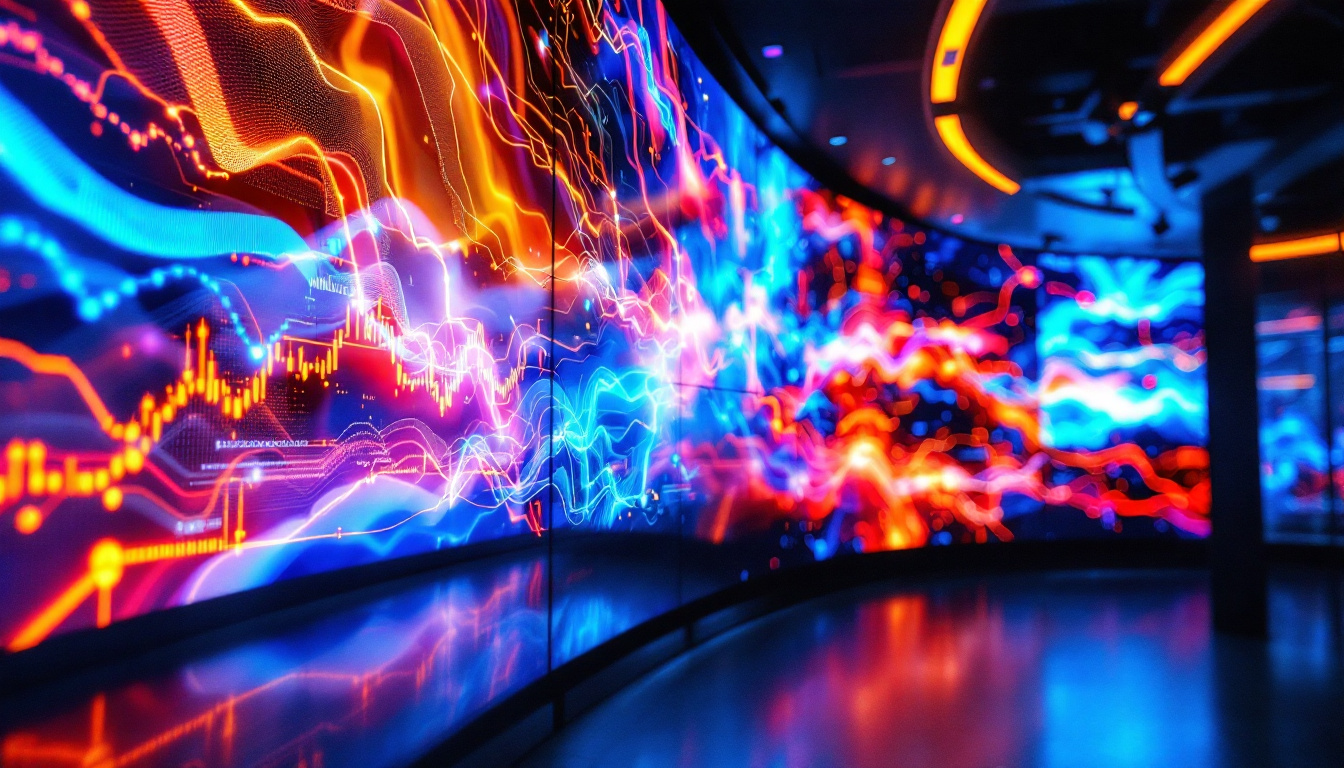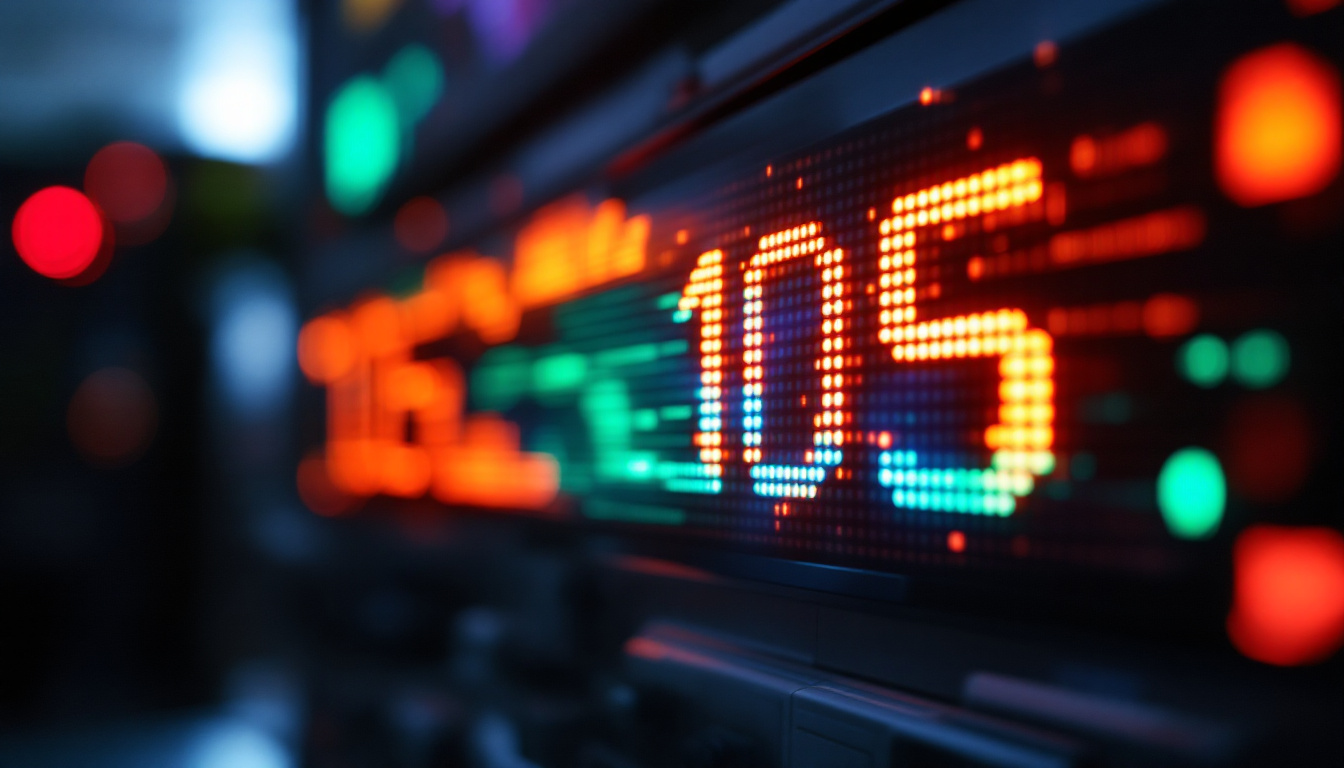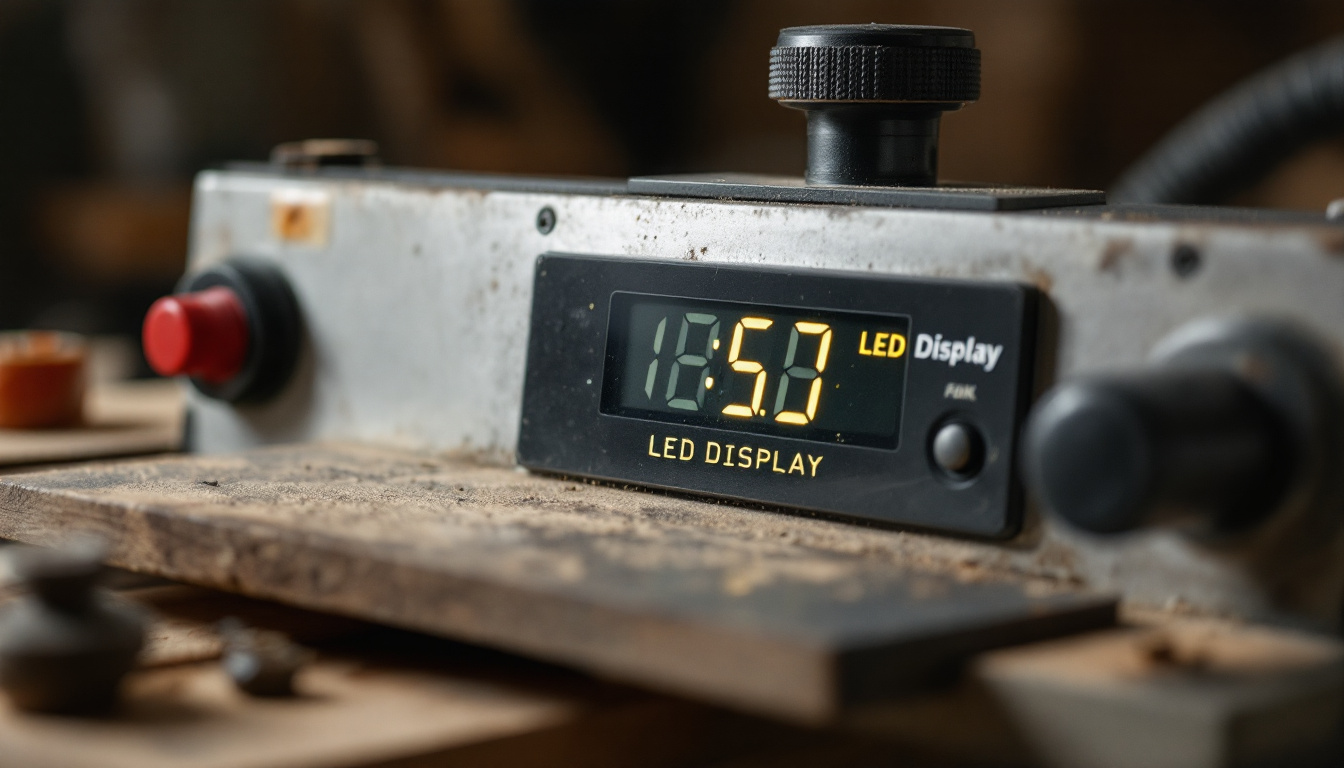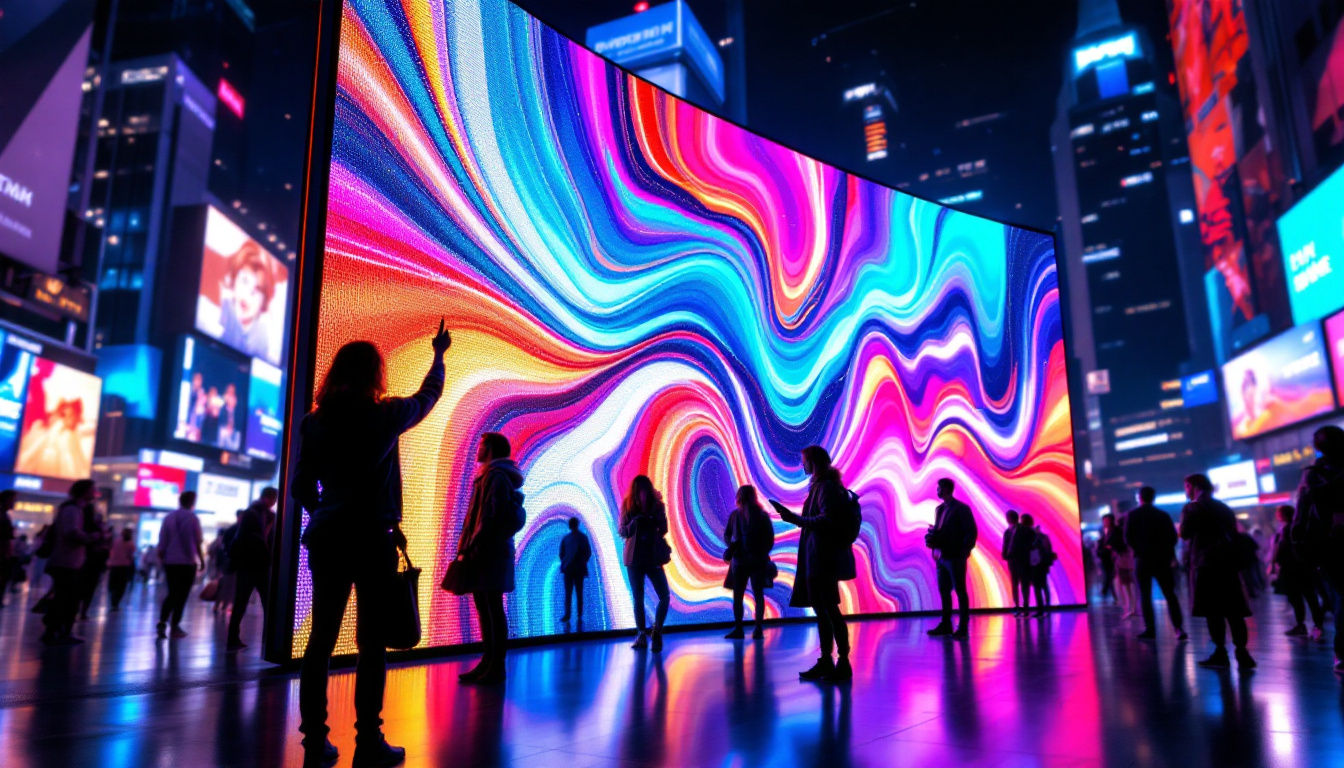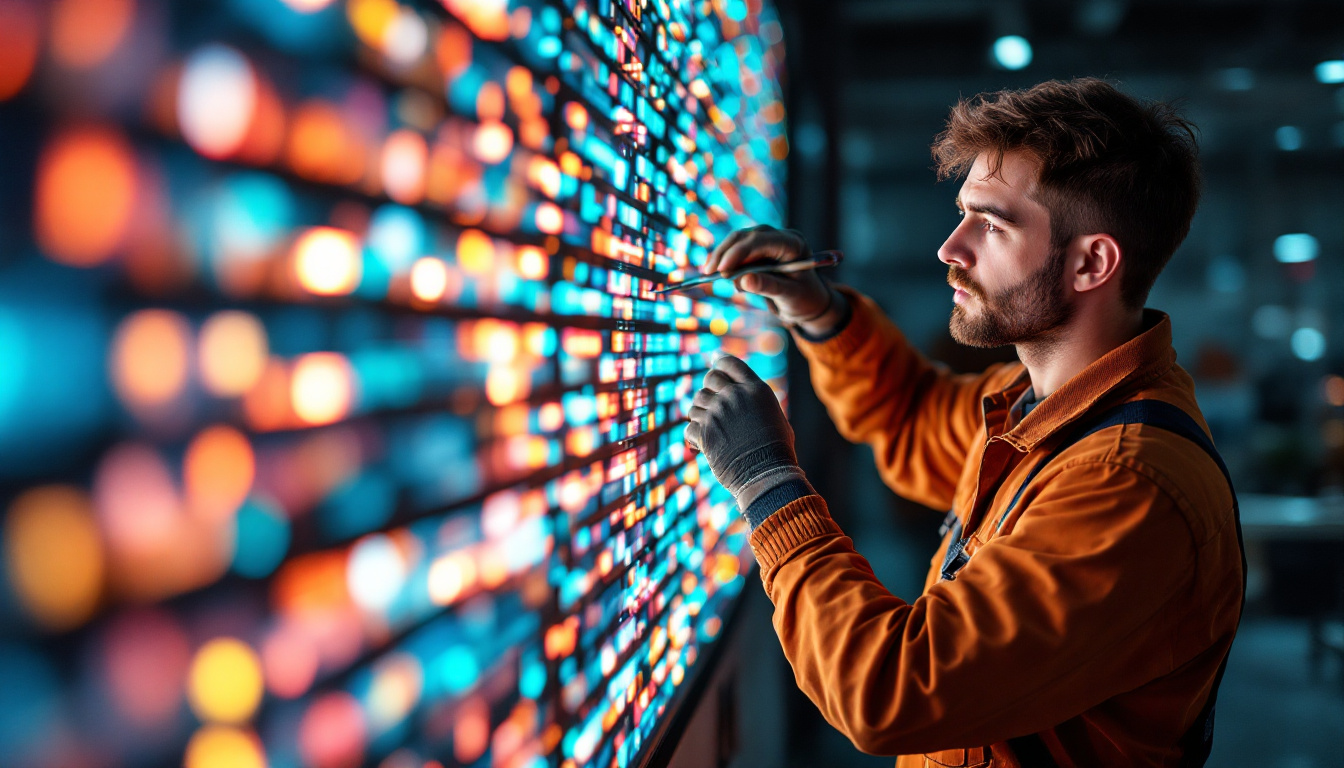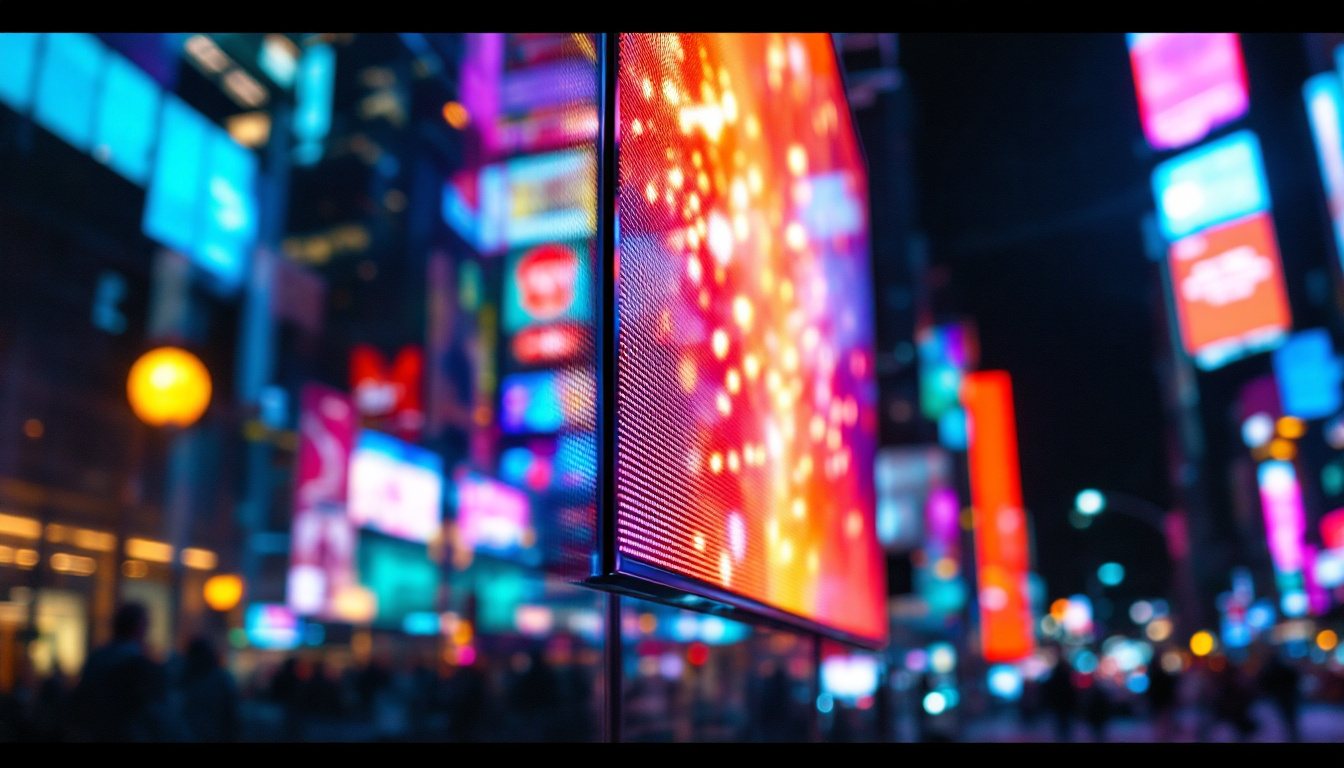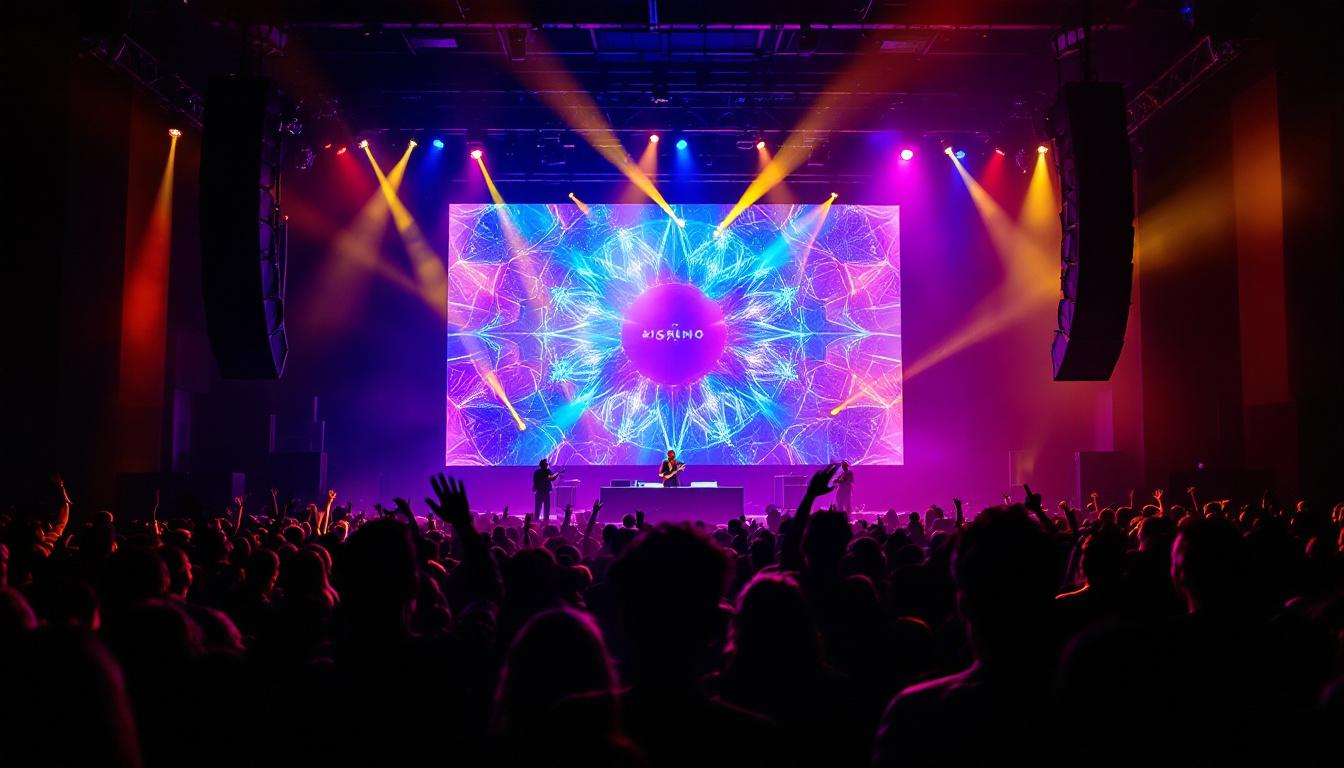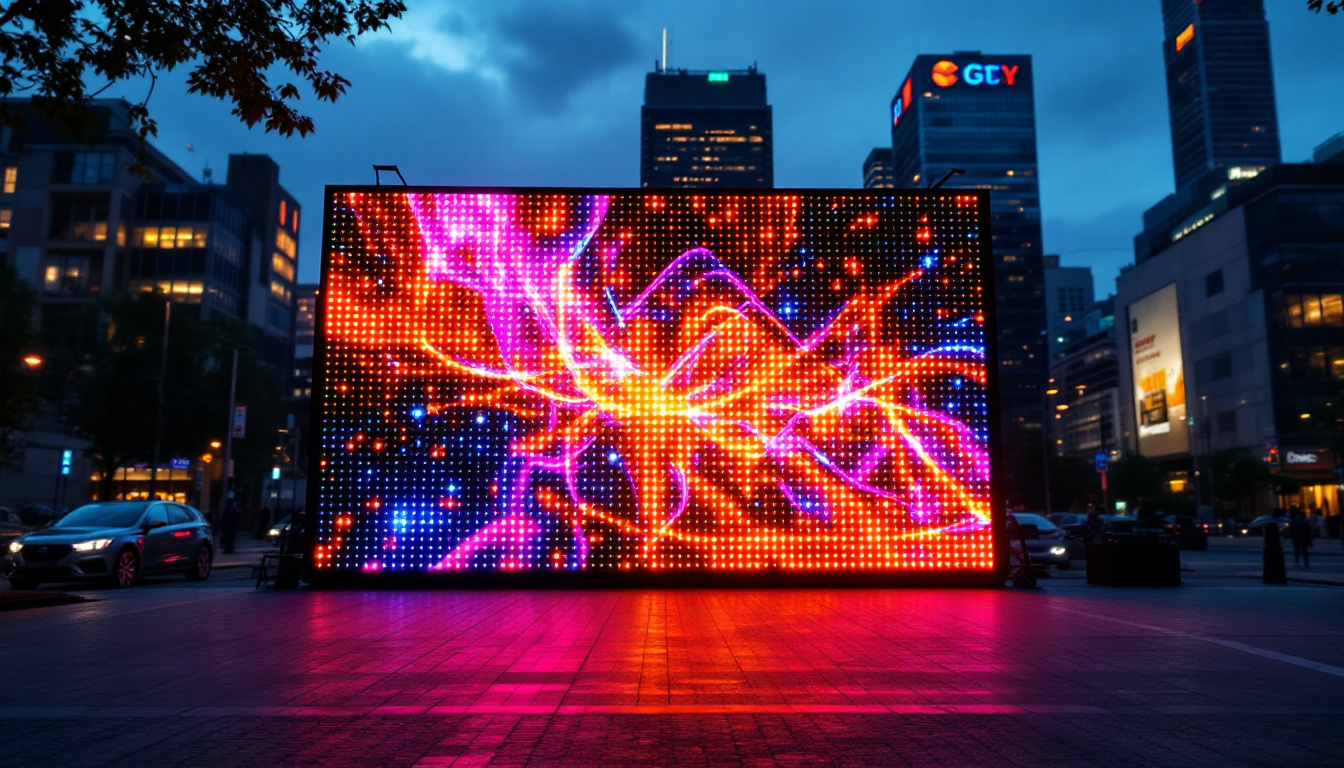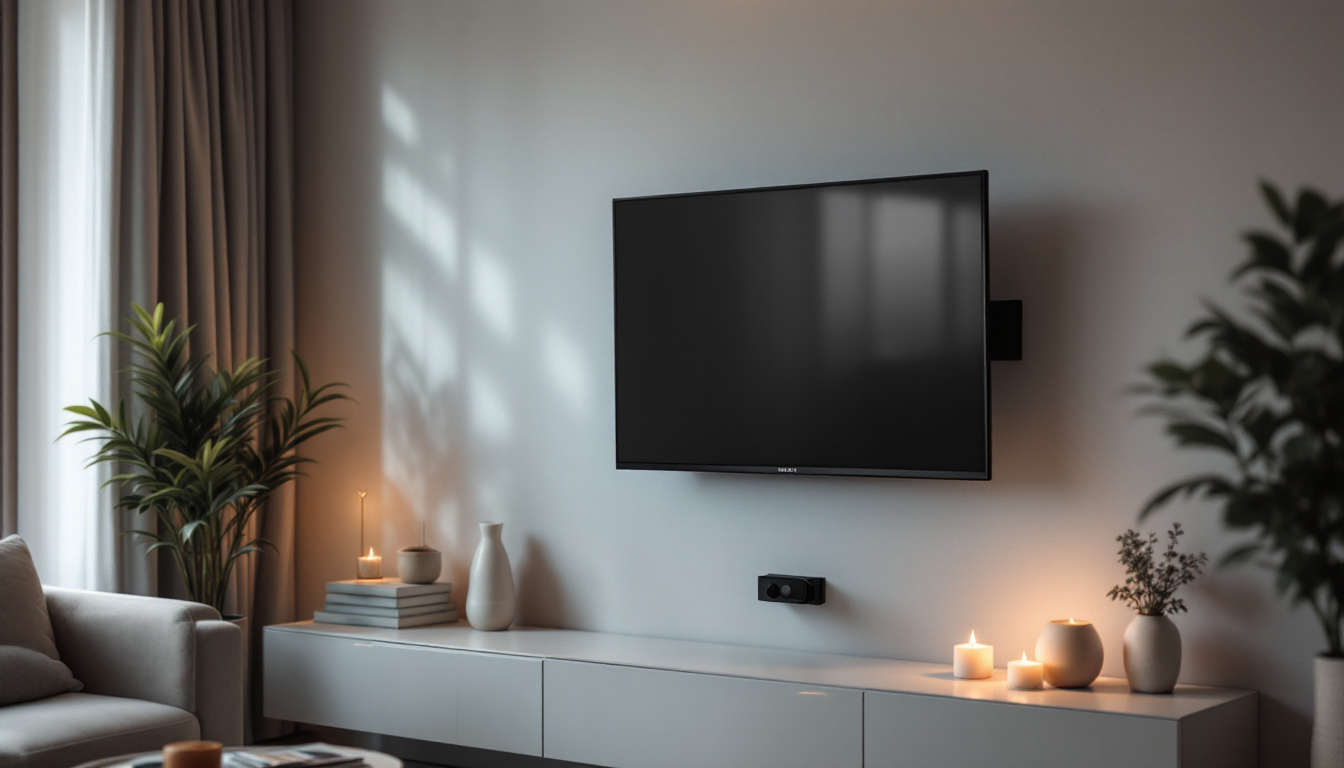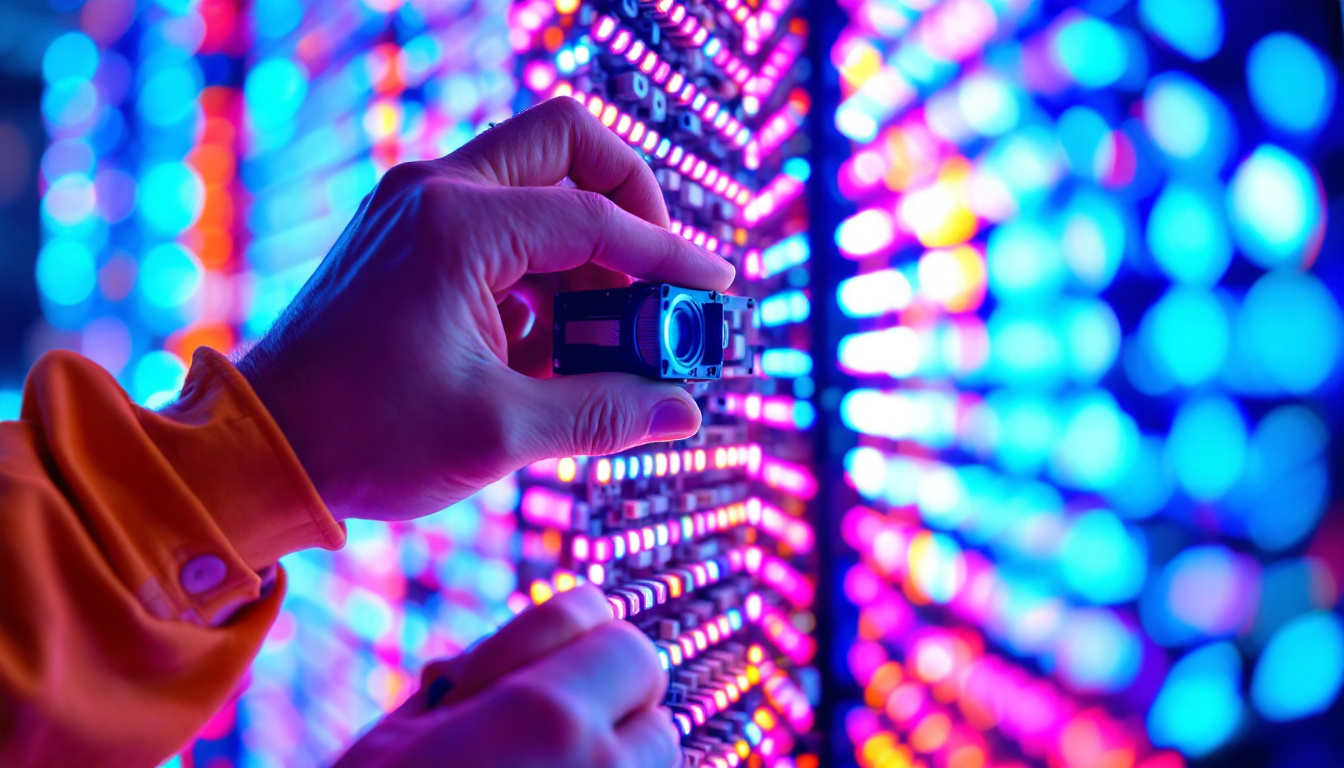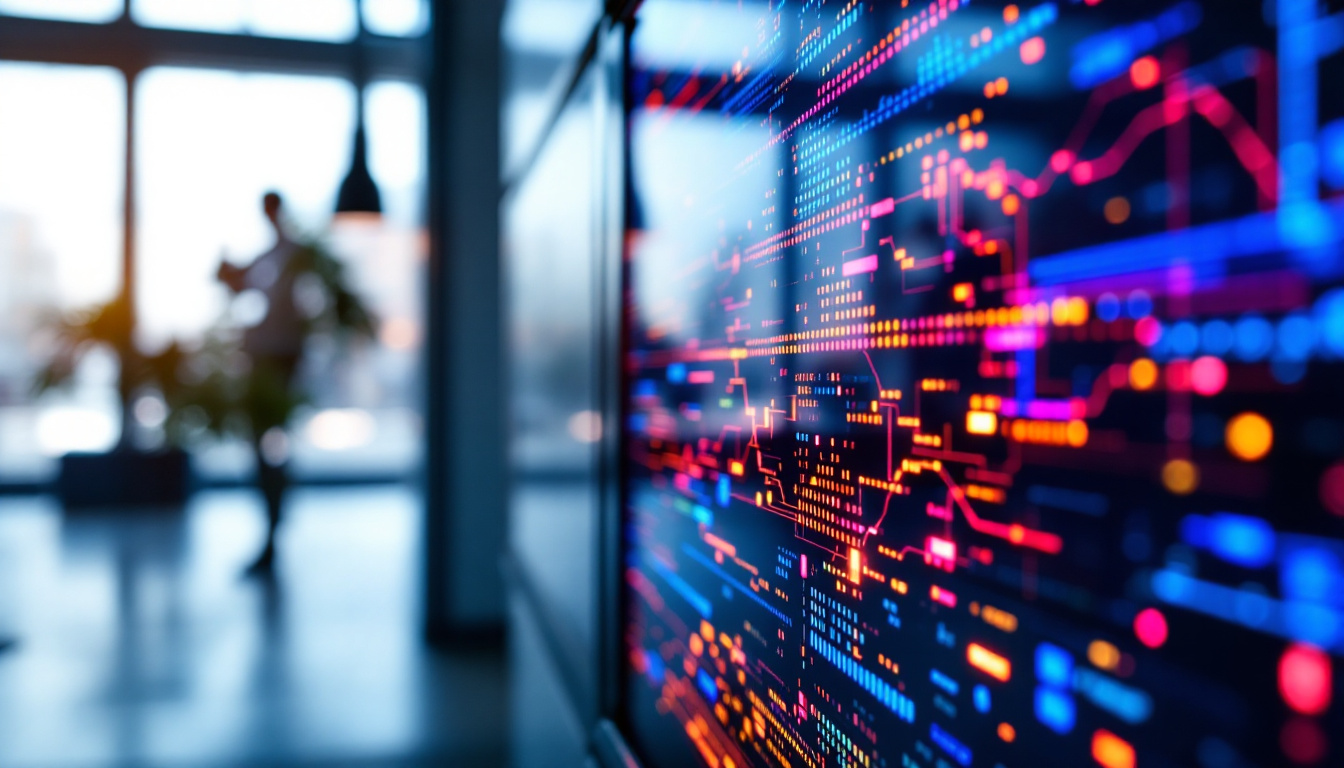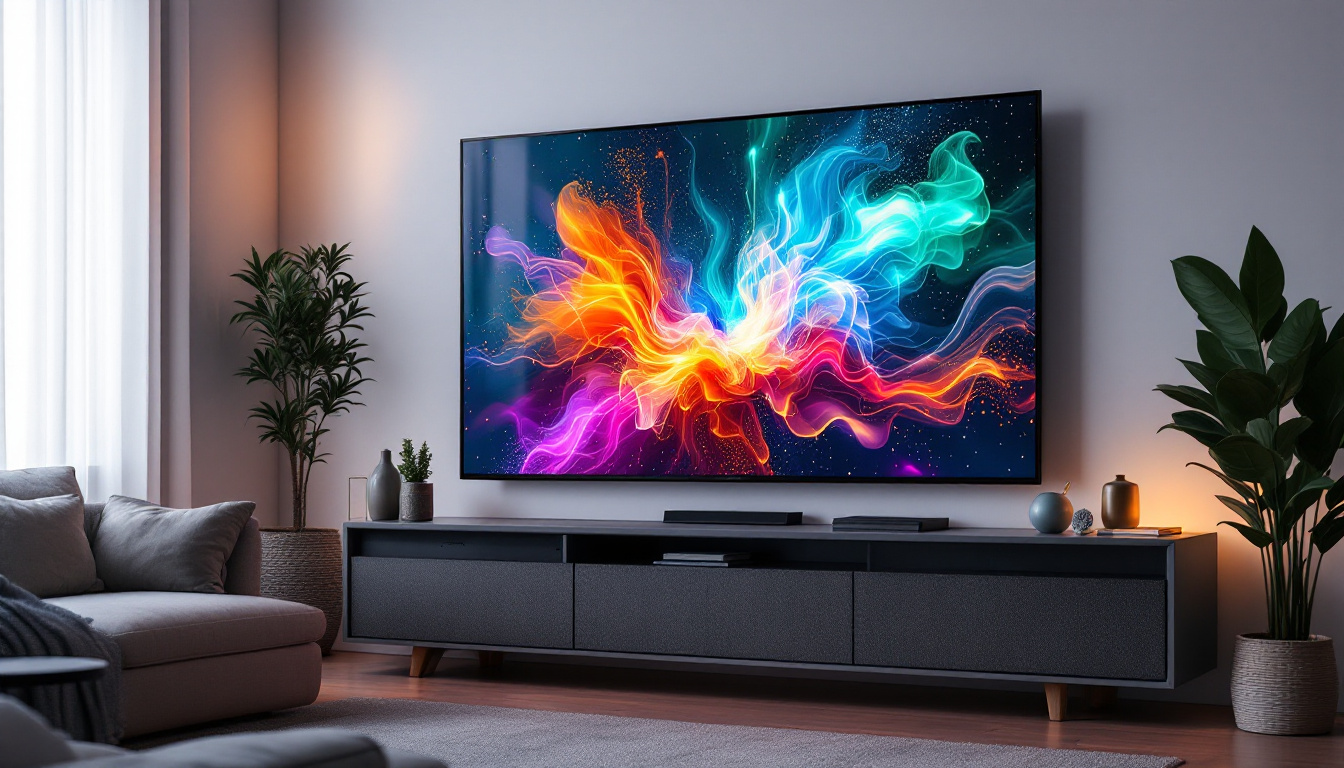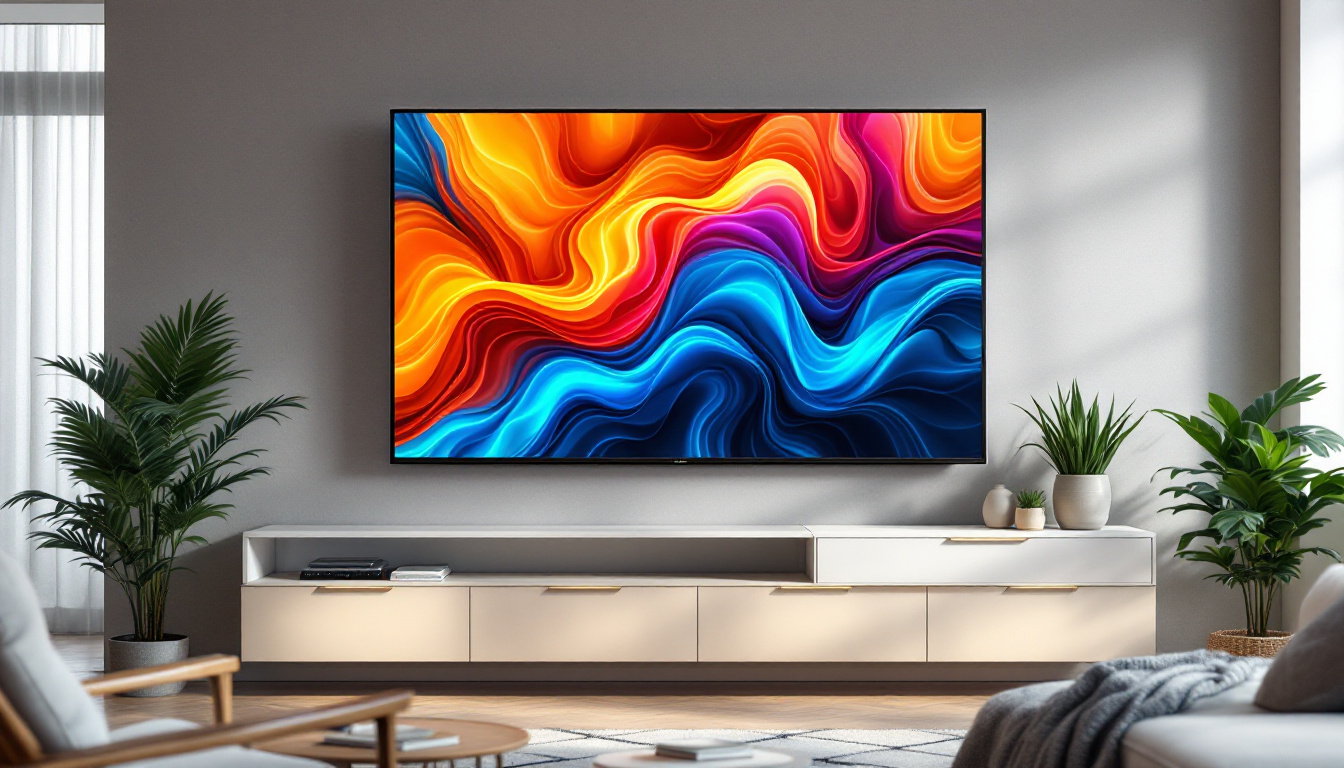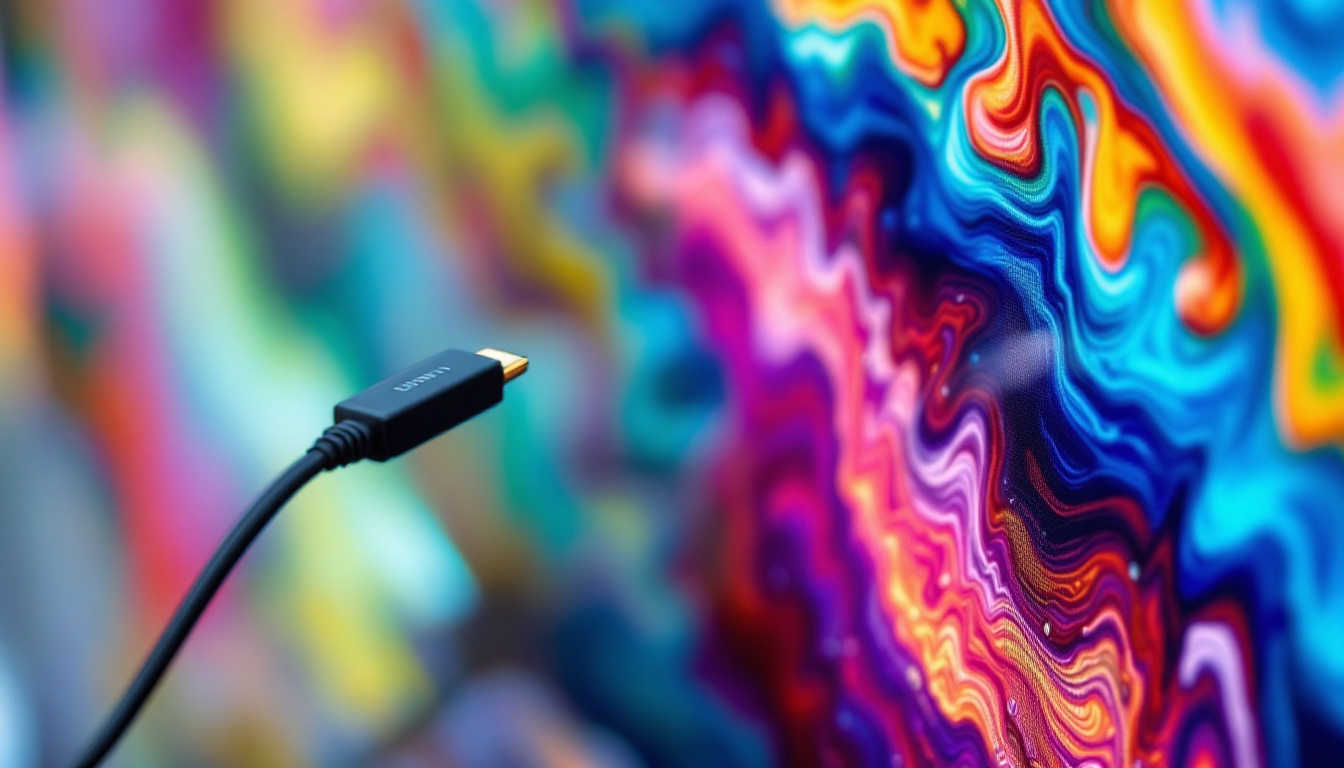In the realm of visual technology, LED displays have emerged as a significant advancement, particularly in the context of projection screens. As businesses, educational institutions, and entertainment venues seek to enhance their visual presentations, understanding the intricacies of LED displays becomes essential. This article delves into the various aspects of LED projection screens, exploring their technology, advantages, applications, and future trends.
Understanding LED Technology
LED, or Light Emitting Diode, technology has revolutionized the way images and videos are displayed. Unlike traditional projection methods that rely on bulbs, LED displays utilize semiconductor materials to produce light. This fundamental difference in technology leads to several benefits, including improved brightness, energy efficiency, and longevity. The shift from incandescent bulbs to LED technology not only enhances the visual experience but also contributes to reducing energy consumption, making it a more sustainable choice for both consumers and businesses alike.
How LED Displays Work
The core of an LED display is the array of tiny diodes that emit light when an electric current passes through them. These diodes can produce a wide spectrum of colors by varying the intensity of red, green, and blue (RGB) light. When combined in various ways, they create the vibrant images seen on the screen. The precision with which these colors can be mixed allows for an impressive range of hues and shades, resulting in images that are not only bright but also incredibly lifelike. This capability is particularly beneficial in applications such as digital art installations and high-definition television, where color accuracy is paramount.
LED displays can be categorized into two main types: direct view and projection. Direct view LED displays are composed of panels that can be assembled to create large screens, while projection LED displays use LED technology to project images onto a surface, offering a different viewing experience. The versatility of direct view displays allows them to be used in various settings, from outdoor billboards to indoor arenas, providing flexibility in design and application. Additionally, advancements in LED technology have led to the development of flexible displays, which can be curved or shaped to fit unconventional spaces, further expanding their usability.
Types of LED Displays
There are several types of LED displays, each designed for specific applications. The most common types include:
- Standard LED Displays: These are typically used for signage and advertising, providing bright and colorful visuals that can attract attention. Their high visibility in various lighting conditions makes them ideal for outdoor use, where they can be seen from great distances.
- OLED Displays: Organic Light Emitting Diodes offer deeper blacks and more vibrant colors, making them ideal for high-end applications. The self-emissive nature of OLED technology allows for thinner screens and greater contrast ratios, which is why they are often favored for premium televisions and mobile devices.
- MicroLED Displays: A newer technology that promises even better performance with smaller individual LEDs, allowing for higher resolutions and better energy efficiency. MicroLEDs can also be modular, meaning they can be combined to create displays of virtually any size, catering to both commercial and personal use.
In addition to these standard types, there are also specialized LED displays designed for niche markets. For instance, transparent LED displays are gaining popularity in retail environments, allowing for advertising while still letting light through, creating an engaging shopping experience. Similarly, flexible LED displays are being used in innovative ways, such as in wearable technology and automotive applications, showcasing the adaptability of LED technology across various fields. As the technology continues to advance, we can expect even more creative applications that leverage the unique properties of LED displays.
Advantages of LED Projection Screens
LED projection screens offer numerous advantages over traditional projection technologies. Their unique characteristics make them suitable for a wide range of environments and applications.
Brightness and Clarity
One of the standout features of LED projection screens is their exceptional brightness. Unlike traditional projectors that can struggle in well-lit environments, LED displays maintain clarity and vibrancy even in challenging lighting conditions. This makes them ideal for conference rooms, classrooms, and outdoor events.
The clarity of images projected on LED screens is also noteworthy. With high pixel density, LED displays can render sharp images and text, ensuring that every detail is visible to the audience. This clarity enhances the overall viewing experience, making presentations more engaging and effective.
Energy Efficiency
Energy efficiency is another significant advantage of LED technology. LED displays consume less power compared to traditional projection systems, which often require high wattage bulbs. This not only reduces operational costs but also contributes to a more sustainable approach to visual technology.
Moreover, the longer lifespan of LED components means fewer replacements and maintenance costs over time. This durability makes LED projection screens a wise investment for organizations looking to minimize their long-term expenses.
Applications of LED Projection Screens
The versatility of LED projection screens allows them to be used in various settings, each with unique requirements and benefits. From corporate environments to entertainment venues, the applications are vast.
Corporate Use
In the corporate world, LED projection screens have become essential tools for presentations, meetings, and conferences. Their ability to display high-quality visuals enhances communication and collaboration among team members. Whether showcasing data analytics or delivering a marketing pitch, the clarity and brightness of LED screens ensure that messages are conveyed effectively.
Additionally, LED displays can be integrated with interactive technologies, allowing for dynamic presentations where audience engagement is paramount. This interactivity can transform a standard meeting into an immersive experience, fostering creativity and participation.
Educational Institutions
In educational settings, LED projection screens are used to enhance learning experiences. Teachers can utilize these displays to present multimedia content, making lessons more engaging for students. The ability to display videos, animations, and interactive content helps cater to various learning styles, promoting better understanding and retention of information.
Furthermore, LED screens can facilitate remote learning, allowing educators to connect with students in different locations. This adaptability is particularly valuable in today’s increasingly digital education landscape.
Entertainment and Events
The entertainment industry has also embraced LED projection screens, utilizing them for concerts, theater productions, and sporting events. The vibrant colors and high brightness levels create an immersive experience for audiences, enhancing the overall enjoyment of performances.
LED displays are often used as backdrops or stage elements, providing dynamic visuals that can change throughout a performance. This flexibility allows for creative storytelling, capturing the audience’s attention and elevating the production quality.
Future Trends in LED Projection Technology
The future of LED projection technology looks promising, with ongoing advancements that are set to redefine the landscape of visual displays. As technology continues to evolve, several trends are emerging that will shape the next generation of LED projection screens.
Increased Resolution and Pixel Density
As demand for higher quality visuals grows, manufacturers are focusing on increasing the resolution and pixel density of LED displays. This trend will lead to sharper images and more detailed content, making LED screens even more suitable for professional applications where precision is crucial.
MicroLED technology, with its smaller individual light-emitting diodes, is at the forefront of this trend. By packing more pixels into a smaller space, MicroLED displays can achieve resolutions that were previously unattainable, providing a more immersive viewing experience.
Integration with AI and Smart Technologies
The integration of artificial intelligence (AI) and smart technologies into LED projection systems is another trend to watch. AI can enhance user experiences by providing intelligent content management and automated adjustments based on environmental factors, such as lighting conditions.
Smart technologies can also facilitate seamless connectivity with other devices, allowing for more interactive and engaging presentations. This interconnectedness will enable users to create dynamic content that adapts in real-time, further enhancing the impact of visual displays.
Choosing the Right LED Projection Screen
When selecting an LED projection screen, several factors should be considered to ensure that the chosen solution meets the specific needs of the application.
Screen Size and Resolution
The size and resolution of the screen are critical factors that influence the viewing experience. Larger screens are ideal for bigger audiences, while higher resolutions enhance clarity and detail. It’s essential to assess the environment where the screen will be used and choose a size that fits comfortably within that space.
Additionally, consider the resolution required for the content being displayed. High-resolution screens are necessary for detailed graphics and text, while lower resolutions may suffice for simpler presentations.
Brightness and Environment
Brightness levels are crucial, especially in environments with varying lighting conditions. LED displays are available in different brightness ratings, and selecting a screen with adequate brightness ensures that images remain visible and vibrant, regardless of ambient light.
Understanding the environment where the screen will be used—whether indoors or outdoors—can guide the decision-making process. Outdoor environments typically require higher brightness levels to combat sunlight and glare.
Conclusion
LED projection screens are transforming the way visuals are presented across various sectors. Their superior brightness, energy efficiency, and versatility make them a preferred choice for corporate, educational, and entertainment applications. As technology continues to advance, the future of LED displays promises even greater innovations, enhancing the way audiences experience content.
Investing in LED projection technology not only improves visual quality but also contributes to a more engaging and interactive experience. By understanding the intricacies of LED displays and considering the specific needs of an application, organizations can make informed decisions that elevate their visual presentations to new heights.
Discover LumenMatrix LED Display Solutions
Ready to elevate your visual presentations with the latest in LED display technology? LumenMatrix is at the forefront of innovation, offering a wide array of LED display solutions tailored to your unique needs. From Indoor and Outdoor LED Wall Displays to specialized options like Vehicle, Sports, and Floor LED Displays, our products are designed to captivate and engage your audience. Experience the transformative power of LED displays and revolutionize your visual communication today. Check out LumenMatrix LED Display Solutions and see the difference for yourself.

